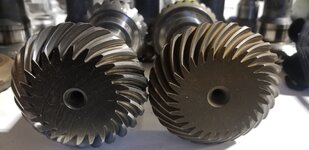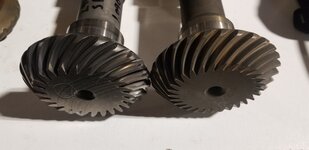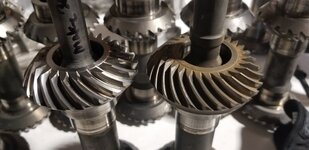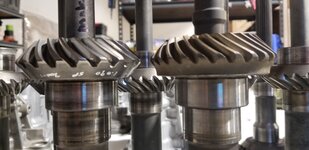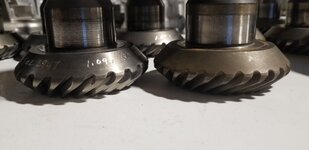Tim_MacDougall
Probationary Member
- 6
- 1
- Feb 18, 2020
-
Surrey,
BC_Canada
Hey yall, I'm Tim
I just got my first DSM which is a 1994 EVO 2 its mainly stock besides the coil overs and other small patience stuff. Here I thought doing the transfer case which is locked would be easy to swap with a replacement, little did I learn that there is a surprising lack of information on what exactly is compatible if anything. Regardless can't wait till I fix the issue and finally take the car out for a spin.
Happy cruising everyone
-Tim
I just got my first DSM which is a 1994 EVO 2 its mainly stock besides the coil overs and other small patience stuff. Here I thought doing the transfer case which is locked would be easy to swap with a replacement, little did I learn that there is a surprising lack of information on what exactly is compatible if anything. Regardless can't wait till I fix the issue and finally take the car out for a spin.
Happy cruising everyone
-Tim



